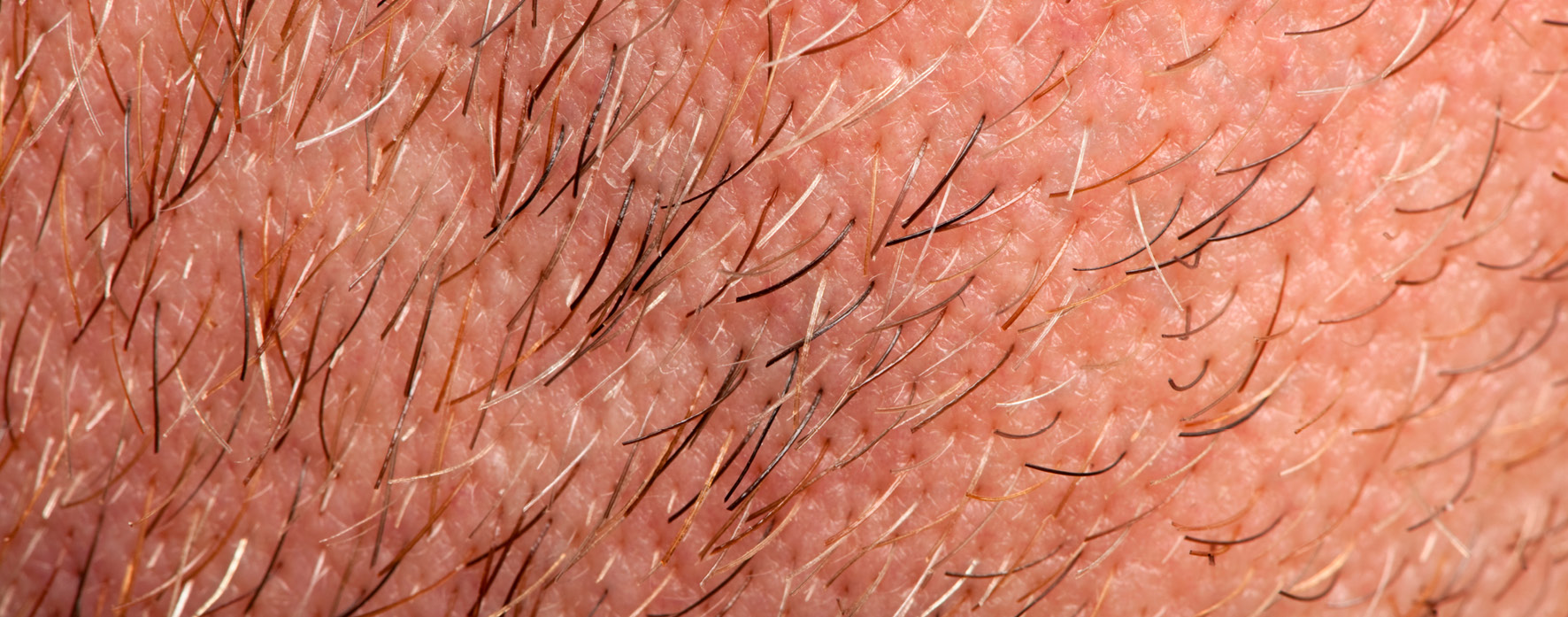
Hirsutism and Unwanted Hair
15 October 2019
Share
Hirsutism in women is the excess growth of coarse hair in areas of the body where hair wouldn’t usually grow, i.e. the back or the face.
It isn’t the same as just having a lot of body hair.
Hirsutism can be caused by conditions that also cause infertility, diabetes, osteoporosis and cardiovascular disease. So it’s important that you see a doctor if you think you might be experiencing it.
General Causes of Excess Hair Growth and Hirsutism
The colour, thickness and distribution of body hair is largely a genetic issue. Our tolerance of body hair is usually ethnic or cultural.
Oestrogen is the female sex hormone that makes body hair soft and fine. Male hormones (androgens) are responsible for masculine characteristics such as coarse body hair and facial hair.
Women normally produce some androgens, however if too much is produced, or the woman is particularly sensitive to androgens, then male characteristics can develop.
A tendency toward this can be genetic, so it is helpful to know your family history and ethnic ancestry. If you’re of Middle Eastern, South Asian or Mediterranean heritage, you’re likely to have darker, thicker hair.
Your hormones, however, play a big part. If you have higher than normal levels of androgens, or greater sensitivity to them, you may experience more masculine hair growth patterns, as well as the potential for:
- polycystic ovarian syndrome
- Cushings disease
- hyperprolactinaemia
- disorders of the adrenal gland
- hyperinsulinaemia
- androgen secreting tumours
- anorexia
Medications can also play a role. If you’re taking anabolic steroids, testosterone, glucocorticoids, minoxidil, danazol or phenytoin you may be affecting your hormonal balance.
Obesity can also play a role.
The Effects of High Male Hormone Levels In Women
Unwanted hair is just one way that high androgens, or androgen sensitivity, can affect a woman’s body.
Other symptoms include:
- Male pattern baldness
- loss of periods/infertility
- increased muscle mass/deepened voice
- high levels of insulin
- increase in acne and oiliness of skin
- reduced breast size
Treatment for Unwanted Hair
Hair Removal
Most of us are familiar with hair removal options, such as plucking, waxing, hair removal creams and laser hair removal.
All of these can be successful but also have their draw backs. Waxing and laser can reduce overall hair growth, over time, but no removal method is 100% effective at permanent removal.
Read more about laser hair removal here.
Hair Retardant Cream.
Hair retardant cream stunts the growth of unwanted hair hormonally, but it is only successful in about half of women who try it. It slows growth so hair removal may still be required, but not as often.
Weight Loss
If your BMI is in the high normal or above classifications, losing weight will likely improve your unwanted hair growth.
Treat the Underlying Condition
It’s important to see a doctor about unwanted hair growth, so that it can be determined whether the hair growth is the result of an underlying condition.
If so, treating the condition is likely to help lessen the hair. But be patient, as treatment can take up to a year to be effective at eliminating symptoms.
Concerned about your hair growth?
If you think you’re experiencing excessive hair growth, we strongly suggest you see your GP or dermatologist. To make an appointment with our dermatologist, call our receptionists.



